LOVE UNVEILED
EDWARD SRI
LOVE UNVEILED
The Catholic Faith Explained
IGNATIUS PRESS SAN FRANCISCO
Unless otherwise noted, Scripture quotations (except those within citations) have been taken from the Revised Standard Version of the Holy Bible, Second Catholic Edition, 2006 by the Division of Christian Education of the National Council of the Churches of Christ in the United States of America. All rights reserved.
Excerpts from the English translation of the
Catechism of the Catholic Church , second edition,
1994, 1997, 2000 by Libreria Editrice Vaticana-United
States Conference of Catholic Bishops, Washington, D.C.
All rights reserved.
Cover art:
Crucifixion with the Virgin Mary and Saint John
Mosaic in the apse, early 12th century
San Clemente Basilica, Rome
Alfredo Dagli Orti / The Art Archive at Art Resource, New York
Cover design by Devin Schadt, Saint Louis Creative
2015 by Edward Sri
Published 2015 by Ignatius Press, San Francisco
All rights reserved
ISBN 978-1-62164-028-8 (HB)
ISBN 978-1-68149-676-4 (EB)
Library of Congress Control Number 2015930778
Printed in the United States of America
With gratitude to three teachers who are also witnesses:
Scott Hahn
Barbara Morgan
Fr. Paul Murray, O.P.
CONTENTS
ACKNOWLEDGMENTS
This book is based on the Augustine Institutes twenty-part documentary video series, Symbolon: The Catholic Faith Explained , of which I served as the host and content director. It was a tremendous blessing to work over the course of two and a half years with a team of amazing presenters, writers, videographers, theologians, and catechetical experts in the planning, writing, filming, and editing of the program. The hard work and insights that many people brought to the video series have no doubt contributed to this book.
I first thank Augustine Institute president Tim Gray for inviting me to direct the Symbolon program. It was his commitment to the New Evangelization and his vision for the Institutes parish faith-formation programs that made the Symbolon series possible. I also am grateful to Sean Innerst for his original concepts for Symbolon , his foundational curriculum outline for the video series, and his continued valuable contribution into the development of the program.
I also thank the Institutes video production team, most especially Justin Leddick, Kevin Mallory, and John Schmidt, for pouring their lives into making Symbolon such a beautiful and engaging series. Some of the outlines and scripts we crafted together for the videos served as a basis for some of the chapters in this book. And some of the images come from their filming of the program.
Particular thanks goes to Lucas Pollice, Symbolon associate director. His catechetical expertise and rich pastoral experience were invaluable as we were designing the Symbolon series to be an easy-to-use and effective resource for adult faith formation, RCIA, and small groups. I am grateful for his wise catechetical counsel and his careful reading of the manuscript for this book.
I also acknowledge the many catechists, teachers, and diocesan leaders who gave advice and guidance in the development of the Symbolon program: Michael Andrews, Keith Borchers, Steve Bozza, Chris Burgwald, James Cavanaugh, Chris Chapman, Father Dennis Gill, Jim Gontis, Lisa Gulino, Mary Hanbury, Deacon Ray Helgeson, Ann Lankford, Deacon Kurt Lucas, Sean Martin, Martha Tonn, Kyle Neilson, Michelle Nilsson, Ken Ogorek, Claude Sasso, Scott Sollom, Deacon Jim Tighe, Mary Ann Weisinger, and Gloria Zapian. Their insights into the curriculum and method of the Symbolon video series have contributed to the approach taken in this accompanying book.
I also am grateful to Ben Akers, Christopher Blum, Mark Giszczak, Curtis Mitch, Jared Staudt, and Kyrstyn Walsh for their feedback on certain sections of the book.
Most of all, I express gratitude to my wife, Elizabeth, for her constant prayers, encouragement, and support and her helpful editorial suggestions amid the raising of our children.
INTRODUCTION
Man cannot live without love... His life is senseless if love is not revealed to him, if he does not encounter love, if he does not experience it and make it his own, if he does not participate intimately in it.John Paul II, Redemptor Hominis
If you were to walk into a coffee shop and randomly ask people, What does the Catholic Church stand for? what kind of responses do you think you would receive? Some people might talk about the rituals of the Catholic faith. Others might mention the pope or the Blessed Virgin Mary. A large number probably would focus on controversial moral issues of our day: The Catholic Church is against abortion, against contraception, and against gay marriage.
Few, however, would get to the heart of the gospel and say, The Catholic Church stands for the God who is madly in love with you, who has a plan for you and wants you to be happythe God who even sent his Son, Jesus Christ, to die for you, who wants to forgive you and help you in your life, and who, most of all, wants an intimate, personal relationship with you so that you can be with him forever in heaven.

Basilica of San Clemente, interior, Rome
This, quite frankly, is not the impression the average person out in the world has about the Catholic faith. And the fact of the matter is many of us who grew up Catholic dont always see our faith this way either. We might have heard there were twelve apostles, Ten Commandments, seven sacraments, and three Persons of the Trinity. But many practicing Catholics admit that they have almost zero understanding about how it all fits together and what difference it makes for their lives.
I know that was once the case in my own life.
I grew up Catholic, believed in God, showed up at Mass on Sundays, and in general wanted to be a good person. But as I entered my adult years, many other things captured my attention more: striving for success, making money, having friends, having fun. I still went through the motions in my faith, but God was not really the priority in my life.
I also began to have a lot of questions: Is all this Catholic stuff really true? What about the other religions in the world? Does it actually matter whether Im Catholic? And then there were all those moral issues about life, sex, and marriage: Shouldnt each individual be able to make up his own morality? Why cant we just love people and get along?
Over time, the faith started to come together for me. Thanks to Gods grace and many good friends, mentors, and books, I began to sense that there was something deeper behind the various doctrines, rituals, and hierarchies of the Church. These guides helped me to appreciate more the truth and beauty of the Catholic faith and opened up for me many treasures in my faith that I had taken for granted or didnt even realize were there. Most of all, the faith began to make more sense to menot just as a theory, but as a whole way of life .
This Catholic way of life that attracted meand millions of others throughout the centuriesis ultimately the way of love: a most profound love that the world itself does not offer. But its the love for which we are made, a love that corresponds to our hearts deepest desires. In fact, all of our authentic forms of lovewhether it be love for ones country, ones friend, ones child, or ones spouseare meant to be drawn up into this one love that is God himself (see 1 Jn 4:8, 16). And as we will see throughout this book, its only in this divine love that we will find our happiness and fullness of life.
Love Unveiled
Next page
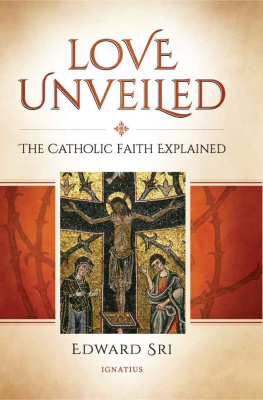
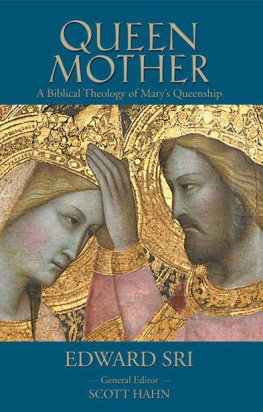
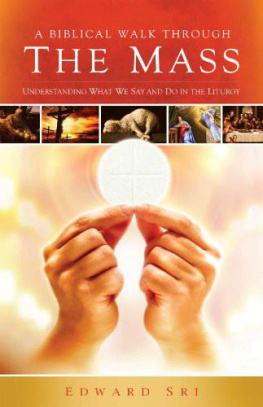
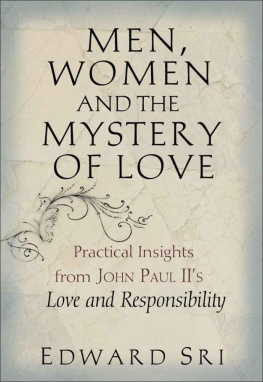
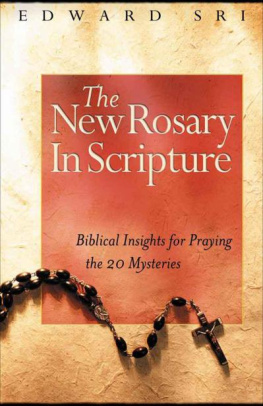


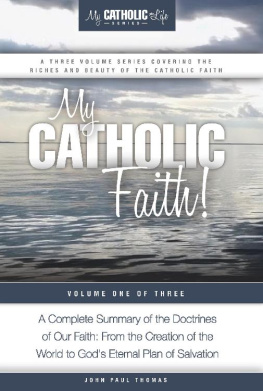
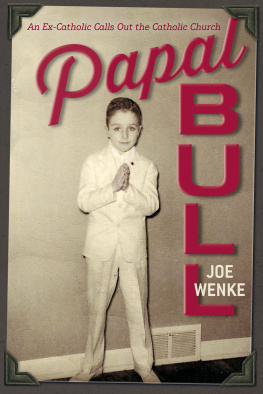
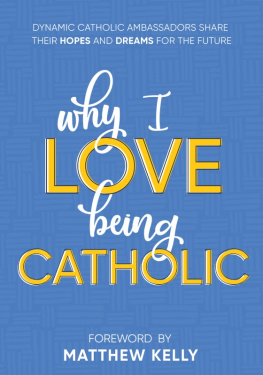

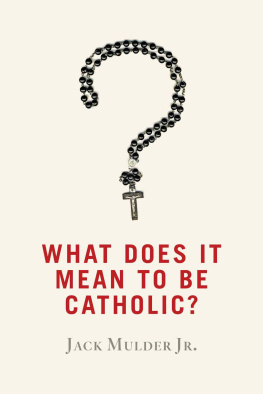
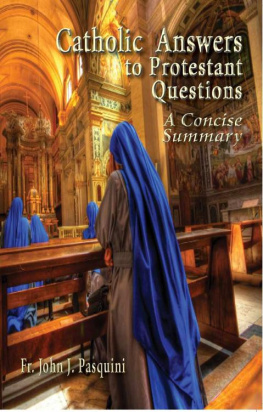
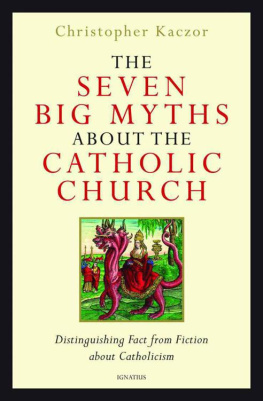
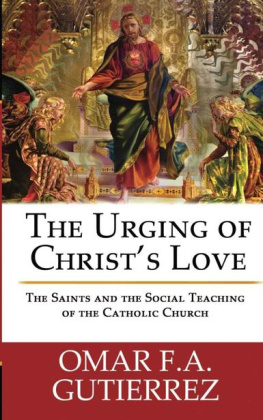

![Scott Hahn [Inconnu(e)] - A Father Who Keeps His Promise: God’s Covenant Love in Scripture](/uploads/posts/book/134748/thumbs/scott-hahn-inconnu-e-a-father-who-keeps-his.jpg)
